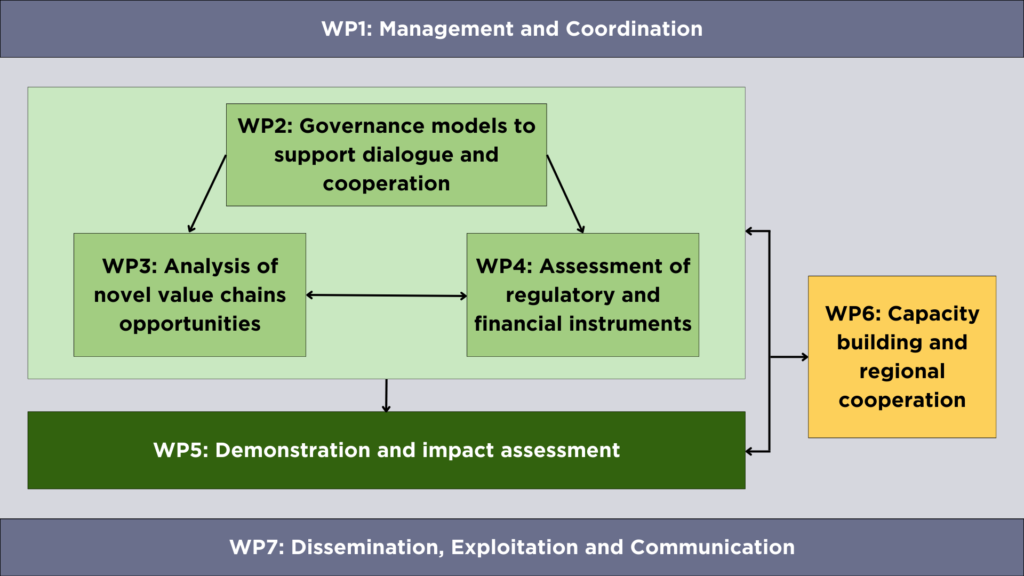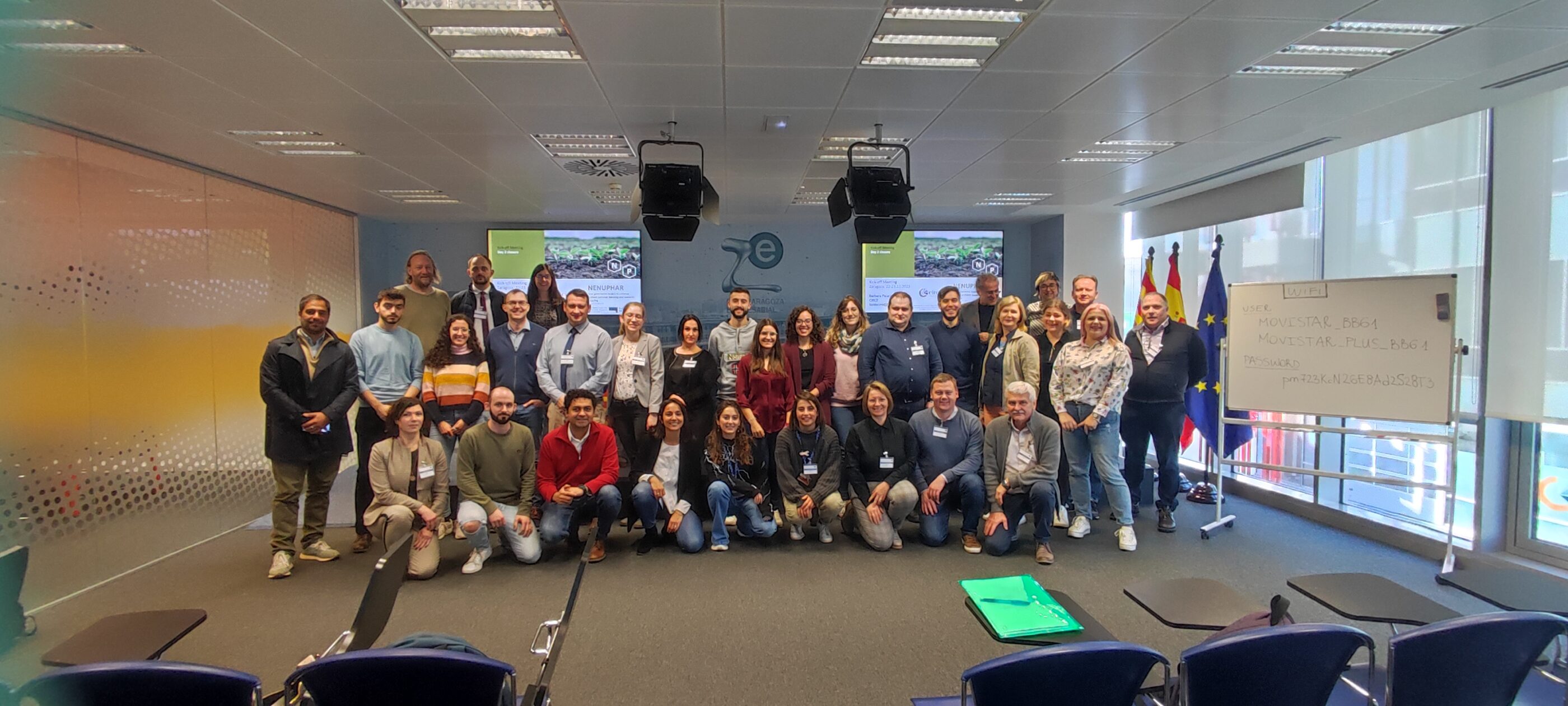NENUPHAR – New governance models to enhance nutrient pollution handling and nutrients recycling
In a context of ecosystems pressured by nutrient pollution and record-high fertiliser prices, the recovery of nitrogen and phosphorous from waste streams provides a solution to tackle both issues, allowing the supply of new fertilisers (and other products for the food value chain) at a competitive price while enabling cleaner soil, air and water systems. However, to effectively do so, an intensive political, regulatory and governance effort is required to bring all key stakeholders on board.
NENUPHAR was conceived to solve this need by developing new governance and value chain solutions addressing three waste streams widely present and the EU: manure, sewage sludges and dairy wastewaters, addressing four main innovations (i) a methodology for estimating N/P emissions from the application of a fertiliser on soil (ii) new governance models based on a network governance approach (iii) innovative economic and financial incentives for public and private entities; (iv) enabling technologies to treat manure, sludges and dairy wastewaters to recover the nutrient loads.
NENUPHAR approach will be demonstrated in three different regional clusters from geographically diverse river basins: the Ebro river basin (Spain), the Lielupe river basin (Latvia-Lithuania), and the Danube river basin (Hungary-Slovakia branch) and they will be replicated in two insular systems: Cyprus and Bornholm (Denmark). All the regions involved gather a population of 5,4 M people and an area of 109,000 km2.
This demonstration will allow the direct recovery of 273 ton of N and 72 ton of P, while the involved regions shows and overall potential of 38.3 Mton of manure, 252 kton of dry sludges and 4.3 m3 of dairy wastewater that can be treated.
NENUPHAR will employ a multi-stakeholder approach, gathering 21 entities representing farmers and irrigators, waste managers, research experts in circularity and agronomics, social science experts, environmental organisations and public administrations.

Check the project website
Project Coordinator
- Fundacion CIRCE Centro de Investigacion de Recursos y Consumos Energeticos (CIRCE), Spain
Project Partners
- Comunidad General de Regantes del Canal de Aragon y Catulna, (CAYC), Spain
- Confederacion Hidrografica del Ebro (CHE), Spain
- Gestcompost SL, Spain
- Anoltri Invest SL, Spain
- Fundacio Universitatia Balmes (UVIC-UCC), Spain
- Zemnieku Saeima (ZSA), Latvia
- Latvijas Biozinatnu Un Tehnologiju Universitate (LBTU), Latvia
- Latvijas Udensapgades un Kanalizacijas Uznemumu (LUKA), Latvia
- Viessoji Istaiga Nacionaline Regionu Pletros Agentura (NRDA), Lithuania
- Vytauto Didziojo Universitetas (VMU), Lithuania
- Aki Agrarkozgazdasagi Intezet Nonprofit KFT (AKI), Hungary
- Tebike Ipari, Kereskedelmi es Szolgaltato KFT (TEBIKE), Hungary
- Slovenska Polnohospodarska Univerzita V Nitre (SUA), Slovakia
- Vysokoskolsky Polnohspodarsky Podnik SPU SRO (SUA-UF), Slovakia
- Steinbeis Innovation GGMBH (SIG), Germany
- Bornholms Spildevand A/S (BW), Denmark
- Ministry of Agriculture, Rural development and Environment of Cyprus (ARI), Cyprus
- Draxis Environmental SA (DRAXIS), Greece
- European Environmental Bureau (EEB), Belgium
- Szechenyi Istvan Egyetem (SZE), Hungary
